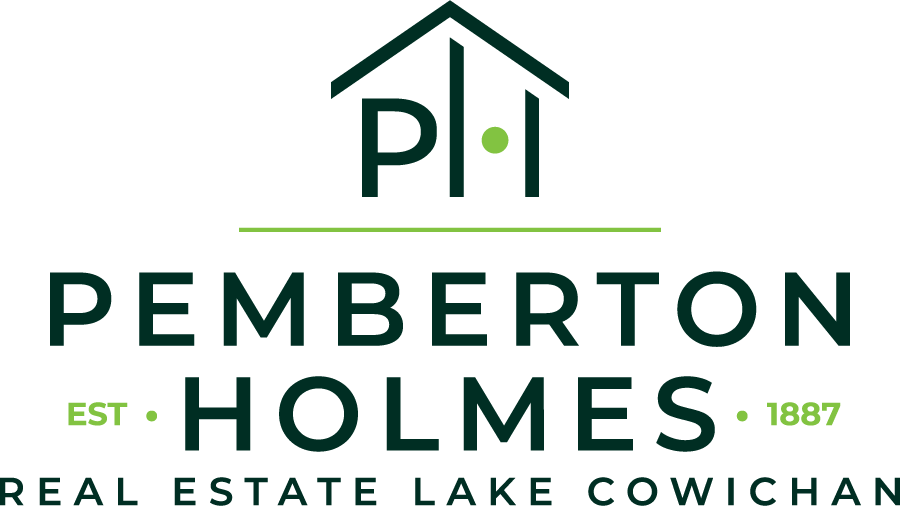Are low carbon (footprint) homes becoming more common, is greener building becoming ‘the norm’?
Here is some information about building and retrofitting green energy into your home.
For some Cowichan Valley homeowners, a low carbon home is already a priority. Do you envy your neighbours solar panels? For those who may have not yet taken advantage of government incentives, don’t wait too long. There may be shifting priorities in government spending. Take advantage of current rebates on EV chargers, solar panels and upgrading your heating system to a heat pump and upgrading insulation and windows. Rebates are all available from BC Hydro through provincial funding, offering rebates up to $5,000 on eligible grid-connected solar panels and up to an additional $5,000 for battery storage systems to qualifying residential customers. The BC HYDRO website is very easy to use. Last week I received a $600 rebate for an EV charger installed at my home!
“Rebates for (electricity) self-generation are one of the ways that we're helping to meet the province's growing need for renewable electricity and providing owners with more options for managing their energy use.”
Before you renovate, check out the incentives that will inch your home closer to a lower carbon footprint and ultimately a passive home.
https://www.betterhomesbc.ca/rebates/energy-savings-program/
https://www.bchydro.com/powersmart/residential/rebates-programs/home-renovation.html
Passive homes ( low carbon footprint homes) have been built mostly in Europe, but are catching on in Canada.
"Passive homes aim to achieve the highest level of energy efficiency and climate-consciousness possible by designing the home's function and style based on its geographical location, solar orientation, and climatic region. High-efficiency heating and cooling systems, as well as heat recovery ventilation (HRV) systems, are incorporated, to further reduce the amount of energy needed to heat and cool the home. Passive houses consume up to 90 percent less heating and cooling energy than conventional buildings. Renewable energy systems such as solar photovoltaic (solar panels) are often installed so that the building generates all of its energy needs. With all of these features, passive houses produce little to no greenhouse gas (GHG) emissions, making them sustainable and climate-friendly."
Canadian Federal government has recently implemented:
“The Canada Green Buildings Strategy: Transforming Canada’s buildings sector for a net-zero and resilient future.
The Canadian Net-Zero Emissions Accountability Act enshrines in legislation the Government of Canada’s commitment to reduce GHG emissions by 40-45% below 2005 levels by 2030 and to achieve net-zero emissions by 2050. Buildings account for 18% of Canada’s emissions.”
The CGBS centers around three priorities:
For the affordability program and more information.








%20(1).jpg)
 It seems to be a well known trend on Vancouver Island, but if you haven't been following the market, here is some news about the early spring real estate market in the Victoria area and on Vancouver Island in general.
It seems to be a well known trend on Vancouver Island, but if you haven't been following the market, here is some news about the early spring real estate market in the Victoria area and on Vancouver Island in general.
